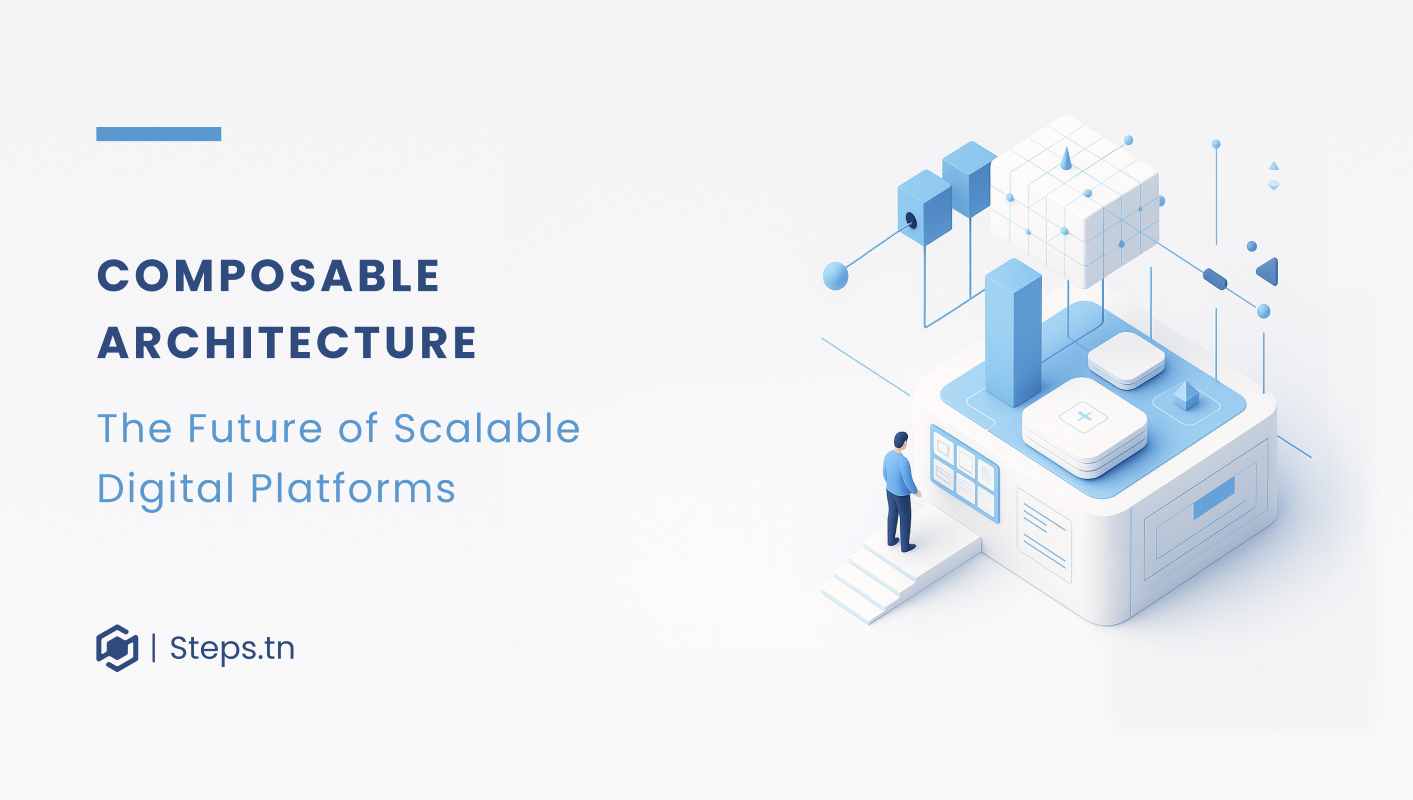Composable architecture is a modern approach to building digital systems. It focuses on flexibility, scalability, and speed. Instead of relying on rigid, monolithic platforms, businesses assemble smaller, independent components. These parts work together seamlessly, creating a solution tailored to specific needs.
Why Composable Architecture Matters
Organisations need agility to thrive in a fast-changing market. However, traditional systems are slow and costly to adapt. Therefore, composable architecture changes this. As a result, it allows companies to adjust quickly without rebuilding entire systems. This agility improves customer experience and reduces operational risks.
Key Principles of Composable Architecture
- Modularity: Systems consist of independent, reusable modules.
- Interoperability: Each module connects easily with others.
- Scalability: Businesses can add or remove components when needed.
- Flexibility: Companies adapt faster to customer and market demands.
- Reusability: Components can support multiple projects, reducing costs.
Benefits for Modern Businesses
Adopting a composable architecture brings measurable advantages. For example, companies respond faster to new opportunities. In addition, they launch products quickly and scale without disruption. Moreover, teams save time by reusing components across different solutions. As a result, IT costs drop as organisations invest only in the features they need.
Composable Architecture and Customer Experience
Customer expectations keep rising. A rigid system struggles to meet them. Composable architecture solves this. Businesses can integrate new customer touchpoints instantly. They improve personalisation, deliver faster services, and keep experiences consistent across platforms.
How It Transforms IT Strategy
An IT department with flexible architecture shifts from maintenance to innovation. Teams no longer waste resources on outdated systems. They focus on building value-driven digital solutions. This strategy empowers IT leaders to align technology with business goals.
Composable vs. Monolithic Architecture
Monolithic platforms limit growth due to their complexity, high cost, and inflexibility. In contrast, composable systems are lightweight and adaptable. Consequently, they grow with the business instead of holding it back. Therefore, this contrast makes the shift to composable architecture inevitable for forward-thinking companies.
Industries Embracing Composable Architecture
Many sectors already benefit from composable architecture:
- Retail: Faster e-commerce innovation and omnichannel experiences.
- Finance: Secure, adaptable digital banking platforms.
- Healthcare: Modular patient management and telemedicine solutions.
- Manufacturing: Agile supply chain and smart production systems.
Challenges to Consider
Transitioning to modern digital architecture. requires a cultural shift. Teams must embrace collaboration and continuous learning to succeed. Governance and security frameworks need updates to handle modular systems. However, the long-term benefits outweigh these challenges.
Future of Composable Architecture
The future is clear. Businesses that adopt composable architecture stay competitive. They innovate quickly, scale effortlessly, and delight customers. As technology evolves, the demand for modular, composable systems will continue to rise.
Conclusion
Composable architecture is not just a trend. It is a strategy for sustainable growth. By adopting this approach, businesses gain flexibility, speed, and resilience. The future of digital transformation belongs to organisations ready to go composable today.





